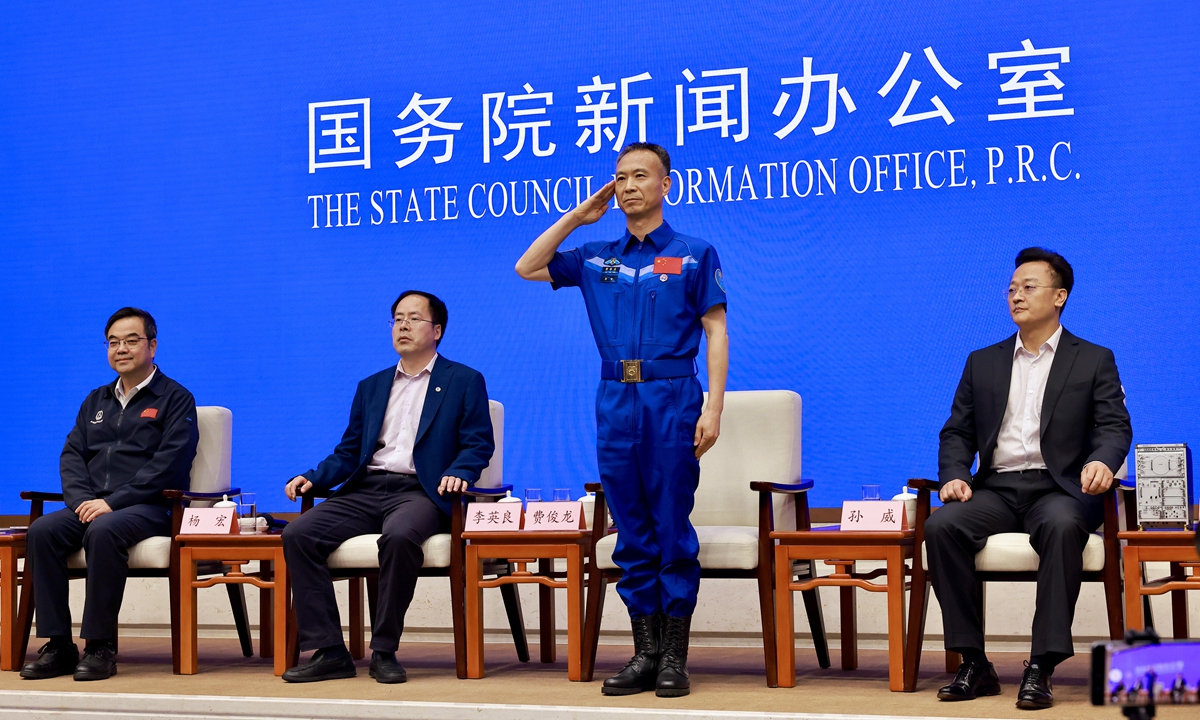
China conducts successful escape flight test on new-gen manned spacecraft
How did your country report this? Share your view in the comments.
Diverging Reports Breakdown
China conducts successful escape flight test on new-gen manned spacecraft
China successfully conducted an escape flight test on its new-generation manned spacecraft Mengzhou at zero altitude on Tuesday. The test signifies China’s second zero-altitude escapeFlight test, 27 years after such a test by the Shenzhou manned spacecraft in 1998. The Mengzhou will serve as a backbone manned spaceflight vehicle to support the application and development of China’s space station and China’s manned lunar explorations, the China Manned Space Agency (CMSA) said. The agency also revealed that the Long March-10 rocket commissioned for the manned moon exploration mission, lunar surface lander and other spacecraft are also under development in a steady and solid fashion, with relevant tests to be implemented as planned in the future. The space station is steadily fulfilling its role as a national space laboratory, with various space application experiments progressing in an orderly fashion, Yang Hong, chief designer of the space station system, said.
China successfully conducted an escape flight test on its new-generation manned spacecraft Mengzhou at zero altitude on Tuesday, taking an important step forward in its manned lunar exploration program, the Global Times learned from the China Manned Space Agency (CMSA) on Tuesday.Li Yingliang, director of General Technology Department at the CMSA, told a press conference held in Beijing on Tuesday afternoon that he and his collogues involved in the country’s manned space program are working diligently toward two major goals: ensuring the successful operation, utilization and development of China’s space station, and achieving a Chinese crewed lunar landing before 2030.Speaking at the press conference themed “Developing manned spaceflight through self-reliance and independent innovation,” Li applauded the Tuesday successful flight test of the Mengzhou spacecraft as another major breakthrough in the development of China’s crewed lunar exploration program.Conducted at the Jiuquan Satellite Launch Center in Northwest China, this test signifies China’s second zero-altitude escape flight test, 27 years after such a test by the Shenzhou manned spacecraft in 1998.According to the CMSA, compared with the Shenzhou spacecraft’s approach where “the launch vehicle handled escape functions while the spacecraft managed crew survival,” the Mengzhou system integrates both escape and survival capabilities into a unified spacecraft architecture.The CMSA also revealed that the Mengzhou manned spacecraft, the country’s new generation manned space-to-ground round-trip transport vehicle, is independently developed by China for subsequent manned spaceflight missions. It adopts a modular design and can carry up to seven astronauts. Its overall performance has reached the international advanced level, the CMSA said.The Mengzhou will serve as a backbone manned spaceflight vehicle to support the application and development of China’s space station and China’s manned lunar explorations, the CMSA said. Additionally, the agency also revealed that the Long March-10 rocket commissioned for the manned moon exploration mission, lunar surface lander and other spacecraft are also under development in a steady and solid fashion, with relevant tests to be implemented as planned in the future.Yang Hong, chief designer of the space station system of the China Manned Space Program, said that at present, China’s space station is operating safely and stably in orbit, with taikonauts now regularly staying aboard in a normalized manner.To date, it has hosted nine crewed spaceflight missions and facilitated six in-orbit rendezvous. The space station is steadily fulfilling its role as a national space laboratory, with various space application experiments progressing in an orderly fashion, Yang said.Yang also disclosed that China will develop and launch an extension module for the space station at an appropriate time to further enhance the capabilities of China’s space station and meet the strategic needs of the country’s development.Fei Junlong, who was selected as a member of the first batch of taikonauts and served as the mission commander of the Shenzhou-6 manned spaceflight mission in October 2005 and later led the six-month-long Shenzhou-15 mission to China’s space station, also attended the Tuesday conference, and shared his insights of the country’s fast developing manned space program.Fei told the Global Times that from his two spaceflights — Shenzhou-6 and Shenzhou-15 — and witnessing the full completion of China’s space station, he has gained a deep understanding of the weight of the phrase “holding our destiny firmly in our own hands.””As a taikonaut, every time I fly into space, I look back at our beautiful home planet Earth through the window of the spacecraft. Each glimpse of that blue planet fills me with deep awe. I believe my fellow taikonauts, as well as our international counterparts, feel the same way when they look back at this shared home of humanity. We have only one Earth, and the exploration and development of space is a cause that belongs to all humankind,” Fei said.We firmly believe that history will bear witness: China’s space station belongs to China, but it also belongs to the world, he said while noting that “there are two space stations orbiting the Earth: the China’s space station and the International Space Station. But both are circling the same home of humanity, Earth. Therefore, we sincerely hope and warmly invite friends from around the world to come visit China’s space station.”
Source: https://www.globaltimes.cn/page/202506/1336387.shtml
